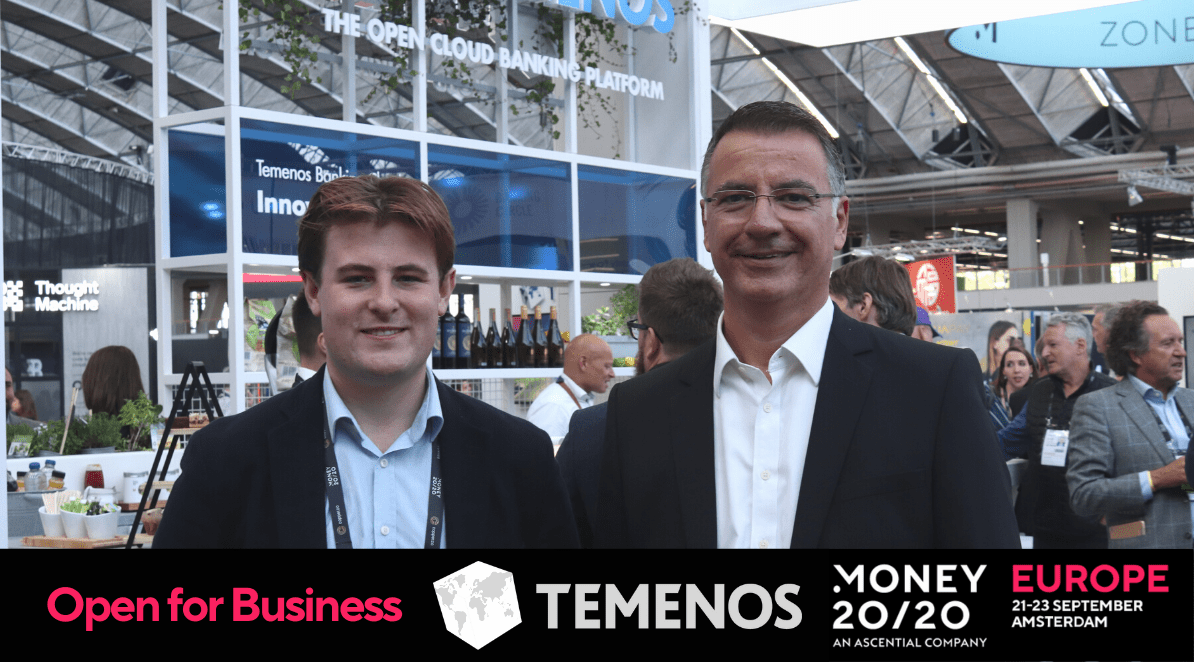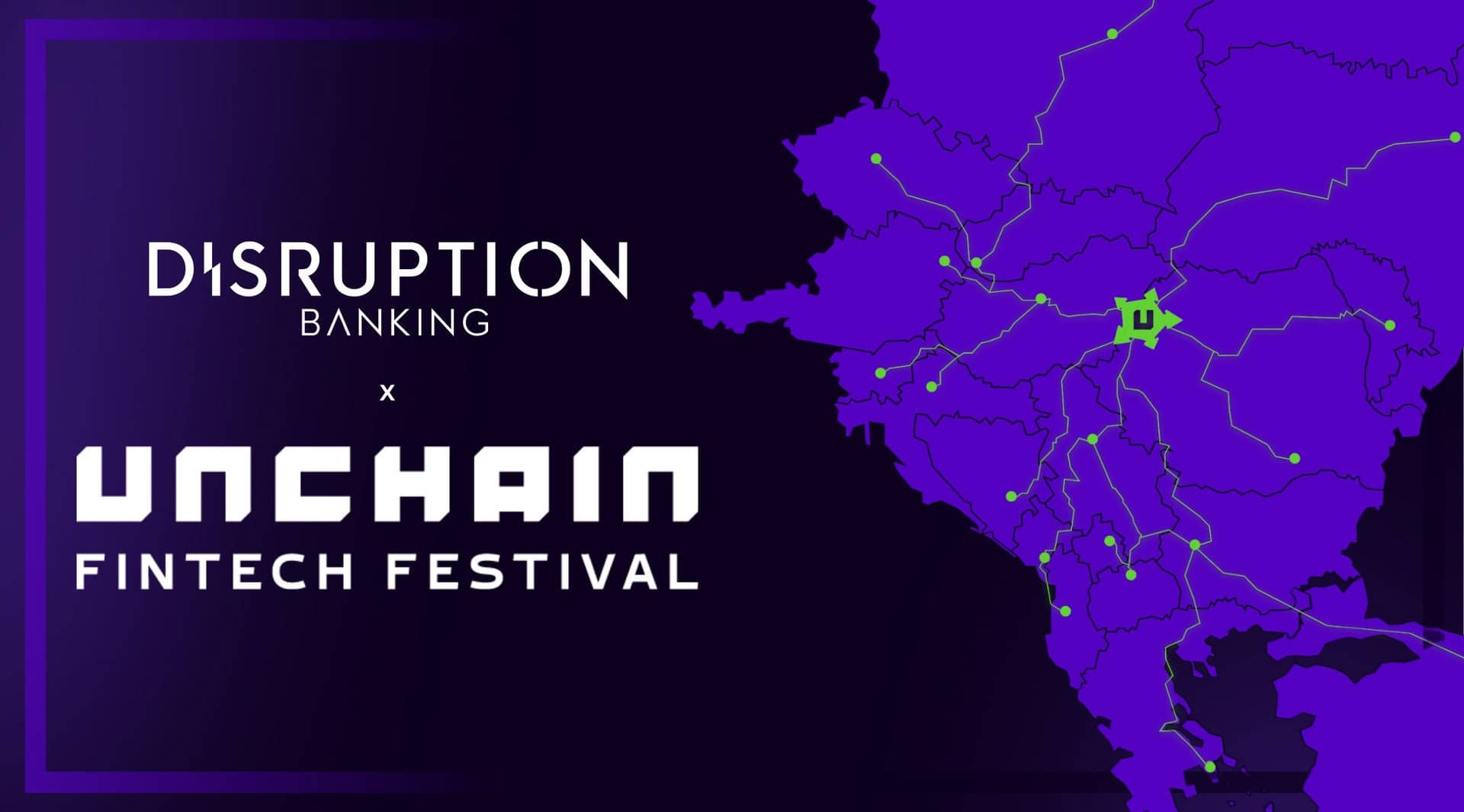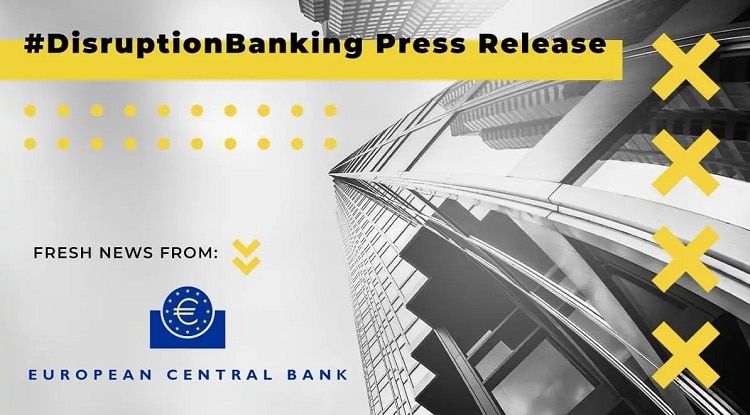In the run up to this year’s Sibos conference in London, DisruptionBanking spoke with Temenos’ Chief Marketing Officer Martin Häring. Temenos is to attend Sibos as a partner, and has been particularly busy at a number of other events lately – we caught up with them at Money 20/20 in Amsterdam – as the company looks to pivot. Long specialising in providing the digital and core banking software used by an array of financial institutions, Martin explained how Temenos is looking to focus more on how their software can be used as a basis from which further innovation can spring. As they will outline at Sibos, Temenos is seeking to capitalise on the emerging trend of Banking as a Service (BaaS) by providing the software that will enable FinTech entrepreneurs – whether that is in crypto, DeFi or any other financial service – to make their ideas workable in practice. In Martin’s own words:
“It will be the wider FinTech industry that drives innovation. So, for example, we are talking to people who work on cryptocurrency wallets. This is not the core of what we do, but it is an application that can be based on our platform through publicly accessible APIs. They can build their wallet functionality on top of our platform. We want more or less to power the banking world through Banking as a Service.”
Come and meet #Temenos at @Sibos digital this October! Kickstart conversations with us about your strategy to #innovate, composing new products and value generated through #technology. Book a meeting with our team, wherever you are! https://t.co/40YEcseYMD #TemenosAtSibosDigital pic.twitter.com/7hAAfK40eH
— Temenos (@Temenos) September 27, 2021
Much innovation in the FinTech space is currently driven through increasingly sophisticated artificial intelligence (AI) technology. AI has already proved its value for financial services: for institutions determining clients’ creditworthiness, individuals receiving personalised insights into their spending habits and financial activity, and retail traders depending on algorithmic trading to make money – to offer just a few examples. Martin explained how Temenos has developed its own AI technology, which financial platforms can plug into in order to benefit from a number of different use-cases:
“In terms of the solutions that AI can provide – it’s fraud mitigation, it’s anti-money laundering, it’s risk management, it’s risk assessment, it’s credit scoring. Artificial intelligence can bring a lot of value and it is bringing a lot of value already, especially when you look into capital market budgets.”
U.S. tech giants Google, Microsoft and IBM had AI technologies curbed by panels of executives or other leaders, according to AI ethics chiefs. It reflects a nascent drive to balance lucrative AI systems with consideration for social responsibility https://t.co/fYA6gzaiOe pic.twitter.com/SqEKSBGi9B
— Reuters Business (@ReutersBiz) September 8, 2021
Concerns have been raised by many recently that AI platforms are programmed with inherent biases that can affect platforms’ decision-making. Last September Google’s cloud unit looked into how AI might be able to help financial firms decide whom to lend money to, but found the project to be risky. This was because AI technology was found to be perpetuating prejudice around race and gender. Martin accepted this is a problem in the space but said that Temenos’ concept of “Explainable AI” could help combat it:
“What we are doing right now is something we call “Explainable AI.” Let’s say that you have a mobile application where you can see cash flows from all your different accounts. AI can be a way of alerting you that you are running a risk of going into red at the end of the month. This is one example of where AI can be really useful.
“The interesting thing is now a lot of AI algorithms are like a black box. They learn, you tell them what’s right and what’s wrong, but as a customer you don’t know what this black box actually is and what we are doing with it. With Explainable AI, we always tell the end-user what is going on and why, for example, they have not been selected for getting that loan.”
Interestingly, Martin also predicted a development of the banking industry along those which Bill gates outlined back in 1994 when he piqued: “Banking is necessary; banks are not.” Martin envisages a future based on “invisible banking,” one in which services from different providers all become integrated with customers simply using the end product:
“What Bill Gates said is probably becoming a reality. Think of power consumption today. When you plug your laptop into a power socket, you don’t care where the power comes from. When you switch on your mobile phone, you don’t care where you get that internet connectivity – you just use it.
“We are beginning to see similar trends in embedded finance. Consumers need someone who can do payments, connectivity, somebody who can give you that artificial intelligence flavour on top of all these services, but do you really care who delivers that service to you?
“I talked today with Wise and said that if consumers have a mobile app and your normal mobile banking app – you want to make a cross-border payment and don’t want to pay high fees from your local bank – we could integrate Wise into that flow. So that whenever consumers do a cross-border payment you just use Wise. We would just plug the platform into our software through a REST API interface.”
If Martin is correct, the BaaS trend could mean that a range of financial services providers become white-labelled. Consumers could end up operating directly with only one bank; but through that bank be plugged into many other different services through software like that provided by Temenos. Companies previously operating on B2C models may move more into the B2B space with retail banking ultimately becoming invisible. APIs have already connected consumer sites such as SmartWallet and ClarityMoney to financial services firms. This has allowed consumers both to find a suitable offer for them and apply for the product immediately.
The bank of the future won’t even have its own app, never mind stores. It will be a decentralised layer that seamlessly interacts with all the systems, products & services we engage with on a daily basis. “Banking as a service” will be invisible and embedded into everything we do
— Luke Massie (@LukeMassie) June 16, 2020
For Martin, the key benefit of BaaS is that banks, plugged into other services through APIs, can focus less on technology and more on customer services. If a central provider looks after the majority of software and technical problems, banks can focus on their core responsibilities to clients. Martin believes that this will lead to the emergence of three main business models in the banks of the future:
“The first business model is one where the banks take care of their customers’ lives from the moment they wake up in the morning to the evening when they go to sleep. If you want to be a holistic provider, you want to create financial health for your customers. And you want to provide them with everything they need – health insurance, whatever it takes. When you want this as a bank, you need to have an open platform that integrates other services from the outside; you’re not an insurance broker but you want banking as a service products from someone else integrated into your platform.
“The next model is a bank, you become a banking as a service platform provider. Then it’s a commodity model – you’re like a power provider or an internet provider. Being in this commodity market, everything is about margin. So you only win if you have the cheapest possible infrastructure, the most effective processes, and millions of users that are using your banking as a service.
“The final model is what I would call the aggregation. You take all the pieces from the market you want; you aggregate it all and put something on top of it: say, risk management or financial wealth management based on AI. That kind of super app is then delivered to your clients.
“All three models include moving more towards clients instead of focusing on the technical infrastructure.”
UK watchdog looks to 'open banking' apps to help boost competition https://t.co/7909OwHS9X pic.twitter.com/3S8a3KRNkM
— Reuters UK (@ReutersUK) March 5, 2021
When Open Banking emerged in the FinTech space a few years ago, it was about making the industry more transparent to consumers and, in turn, improving competition. But the new ideas which have emerged from it – notably BaaS – mean that we are now seeing more than that; a whole new ecosystem is being developed around the infrastructure of banks, onto which other players in the space are putting further innovation. As Martin argues, “one of my theses is that 98% of the world’s innovation in finance will not happen in banks, it will happen elsewhere. So if you don’t leverage the 98% of innovation that happens outside, you are missing a trick.”
As they will argue at Sibos in just a few weeks, Temenos believes that it has the technology and ecosystem to allow this innovation to take place – and, more importantly, to connect it to the consumer.
Author: Harry Clynch
#Sibos #BankingAsAService #BaaS #FinTech #APIs #InvisibleBanking #OpenBanking #RetailBanking
















One Response